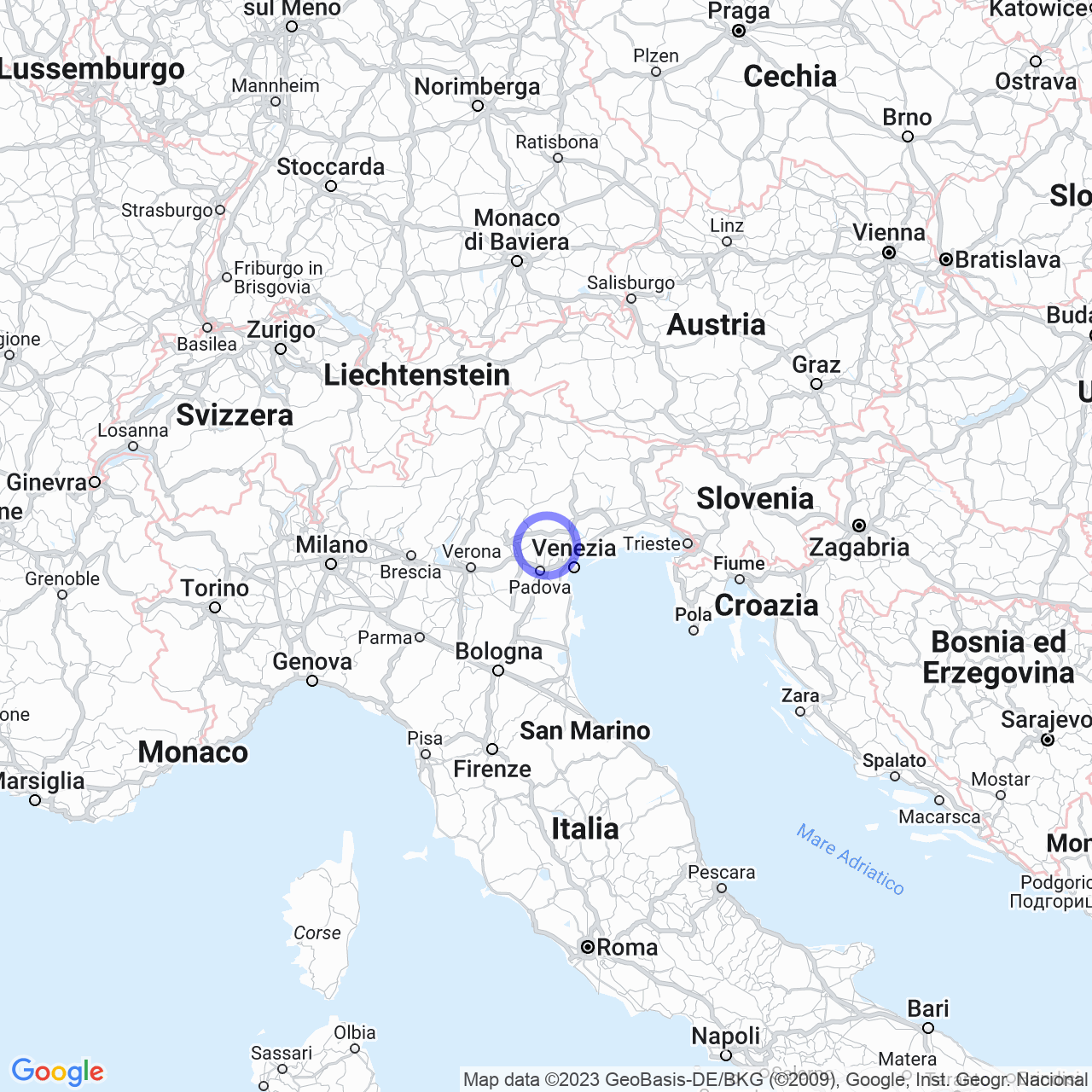San Marco
San Marco: A Geographical Fraction
San Marco is a geographical fraction of the municipality of Resana, located in the province of Treviso. The village is situated in the northwestern part of the municipal territory, between Castelminio to the southeast and Campigo di Castelfranco Veneto to the northwest. One of the characteristics of San Marco is the presence of resurgences, such as the springs of the Zero River, which winds for over forty kilometers until it reaches the Venetian Lagoon.
The History of San Marco
The history of San Marco dates back to ancient times, thanks to its proximity to the Via Aurelia (Veneto) and the areas where ancient castles were built. The toponymy of San Marco is linked to the ancient church of the village, probably a paleochristian chapel. Over the centuries, the village has taken on different attributes, such as "ad Pedicalia" or "Pidigale," a probable derivation of "palaticia" or "paladicia," indicating dwellings with straw roofs. In 1181, the village became known as "del Camparon," probably referring to the quality of the land in the area.

Monuments and Places of Interest
There are several attractions in the fraction of San Marco, such as the Parish Church, elevated to parish status in 1578. The church has an ancient baptismal font and, in the past, fell under the jurisdiction of the church of Campigo, which in turn was affiliated with the pieve of Salvatronda. Another place of interest is the Capitello of San Marco, probably dating back to the 19th century, which contains a cycle of frescoes by Bruno Gherri Moro and a more recent triptych by Angelo Gatto.
Furthermore, in the central area of San Marco, is the Villa Barea Toscan, called "La Cuba," which at the beginning of the 14th century had the appearance of a keep. Subsequently, the villa underwent significant changes, as evidenced by the maps of the late 17th century. The building today appears as a tall and compact construction, with a tripartite facade and a cylindrical turret containing a spiral staircase. The villa was owned by the Corner and Zen families, and later by the Barea family, noble Castelfranco Veneto residents present in San Marco since 1561. The facades of the building face south, towards the countryside, and north, towards the village, but are organized in a very simple way, without ornamental elements or protrusions.
Conclusions
San Marco is a geographical fraction of the municipality of Resana, characterized by the presence of resurgences and a history that dates back to ancient times. The Parish Church, the Capitello of San Marco, and Villa Barea Toscan are just some of the places of interest that can be visited. And if you find yourself in the area, don't hesitate to visit San Marco to admire these treasures!
